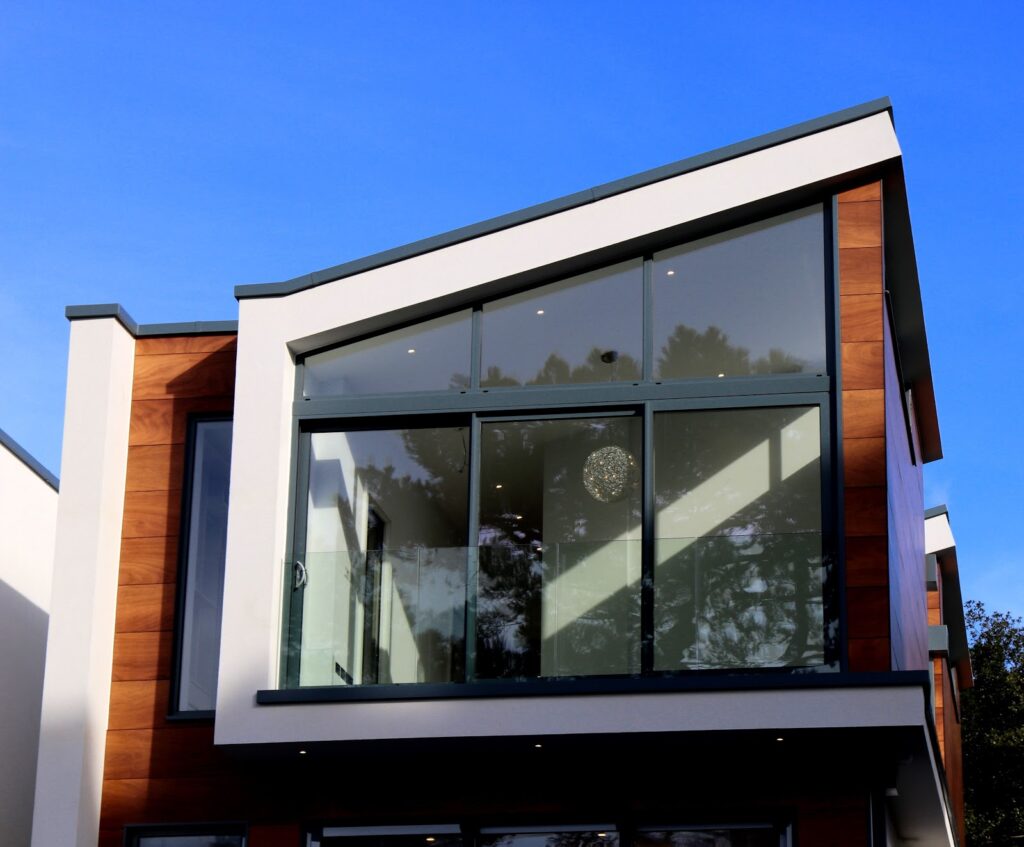
What is Low-E Glass?
There is a lot to consider when it comes to buying new windows for your home. You have to think about design style, color, size, energy efficiency, cost, function, technical specifications, and more.
Within all of those options, there are also a lot of terms you need to understand in order to make the best choice for your home. When it comes to researching windows, one of the most common unfamiliar terms for homeowners is low-e glass.
So, what is low-e glass, and why is it an important factor when choosing new windows for your home?
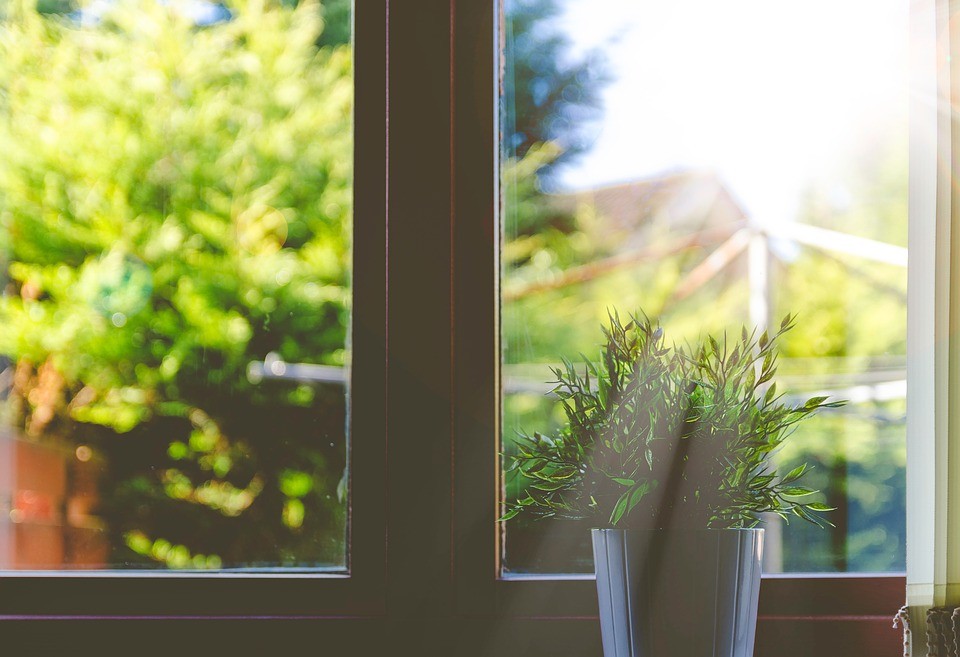
What is low-e glass?
To understand low-e glass, it’s important to first understand the “e” component. The “e” in low-e stands for emissivity. The emissivity of a material is defined as the level of effectiveness that the material’s surface has in emitting energy as thermal radiation.
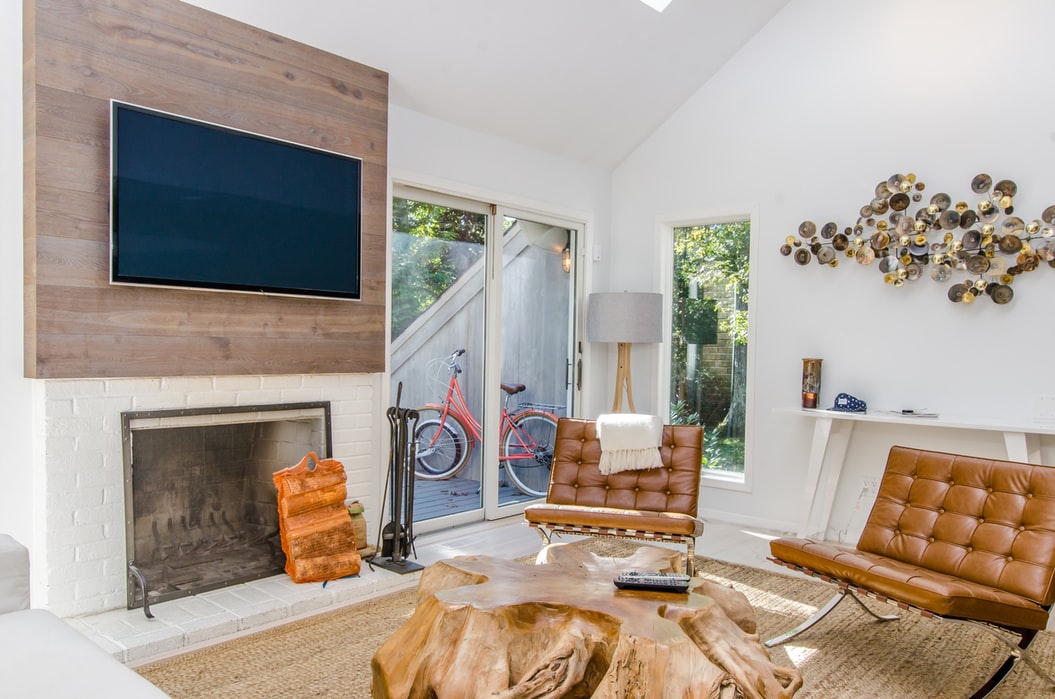
Highly reflective materials have a low emissivity, meaning they reflect heat, instead of allowing it to be absorbed and transferred through the material. Materials with a high emissivity absorb light and heat and tend to be made up of dark colors.
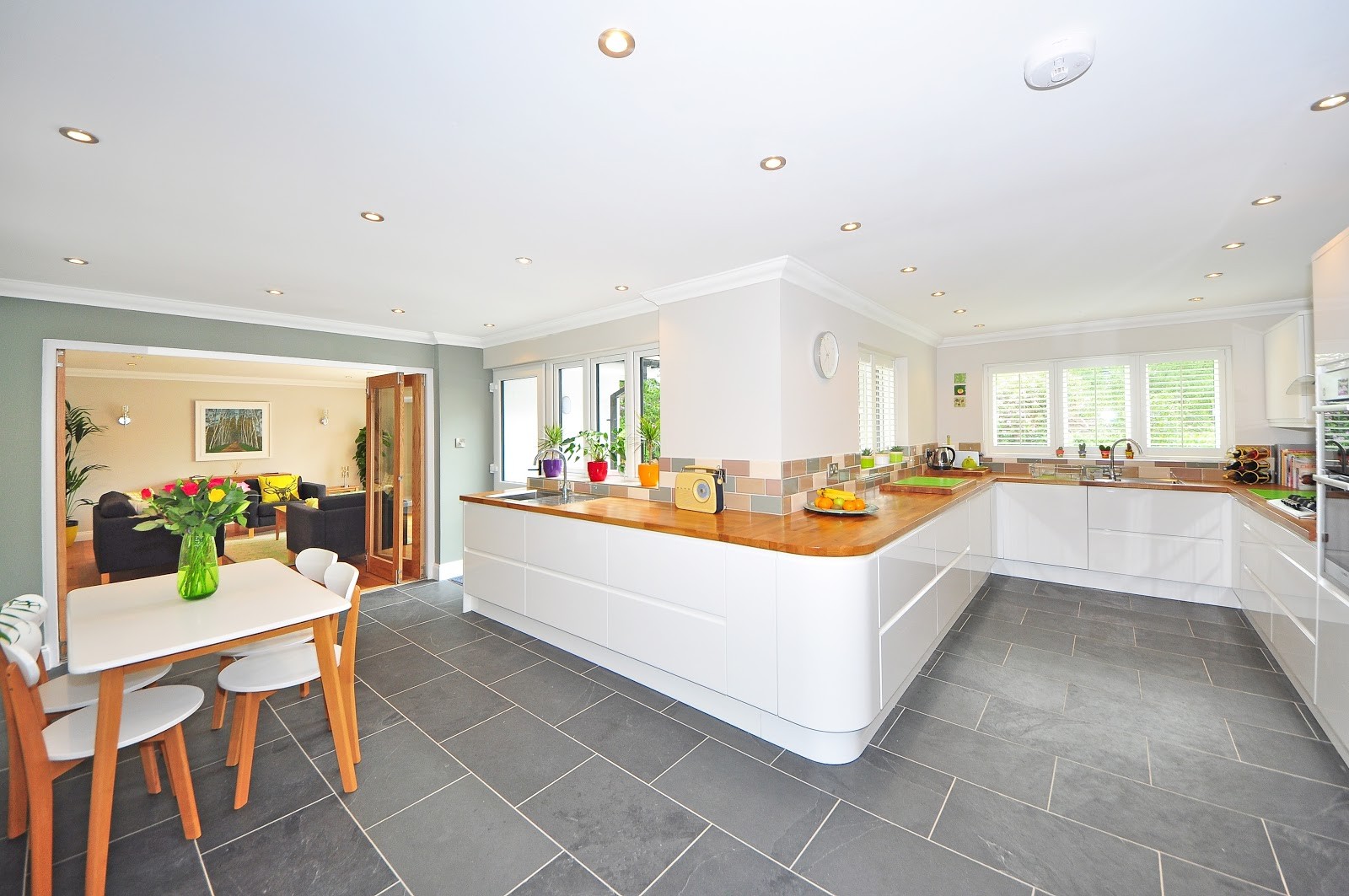
Low-e glass is glass that has a reflective coating that limits the amount of ultraviolet and infrared light that can pass through. Low-e glass coatings on windows allow visible light to move through, so you’ll still have natural light coming into your home, as with any window, but you’ll significantly reduce the amount of heat transfer through your windows on the non-visible spectrum.
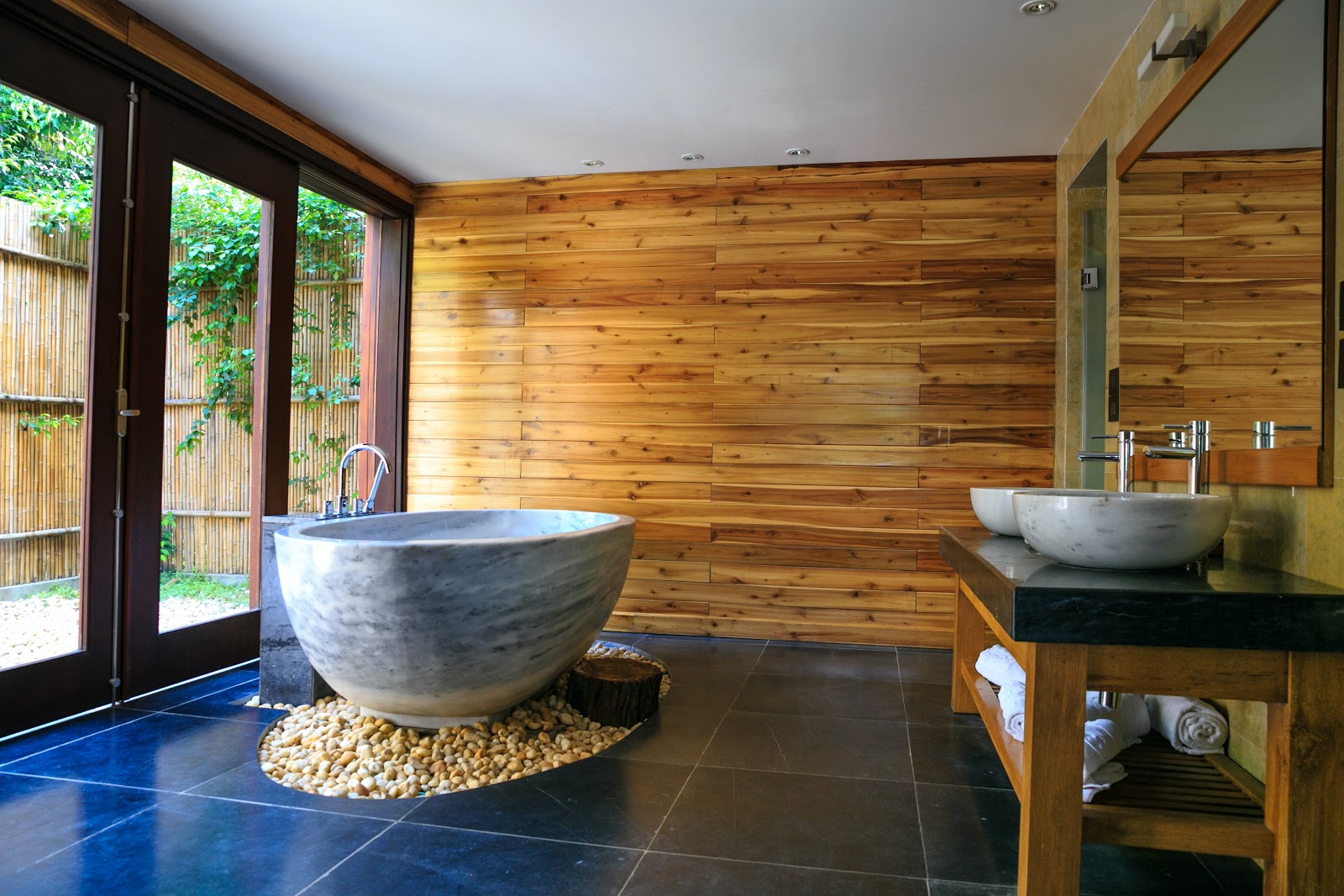
How does low-e glass improve energy efficiency in windows?
Most windows with low-e glass coatings have coatings on both the inside and outside glass panes. Having a low-e coating on the interior facing side of the window allows the glass to reflect heat back inside to reduce the amount of heat lost from the interior to the exterior in the winter cold.
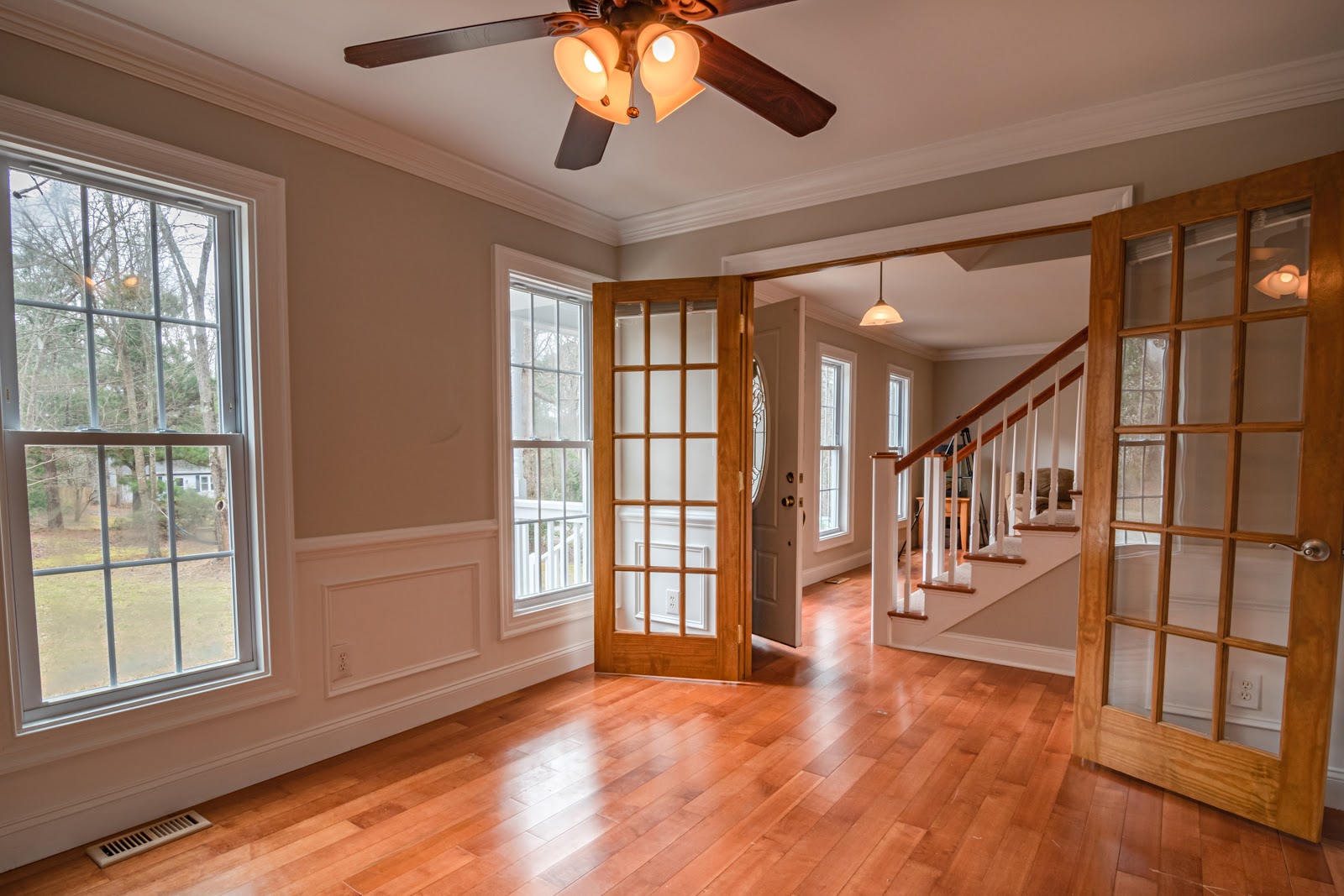
Meanwhile, a low-e coating on the outside reduces the amount of heat transferred into the home from outside during the hot summer months. Reducing heat transfer means your home remains at a more consistent temperature in any weather and reduces the amount of energy your home’s HVAC system requires to keep your home at the desired temperature.
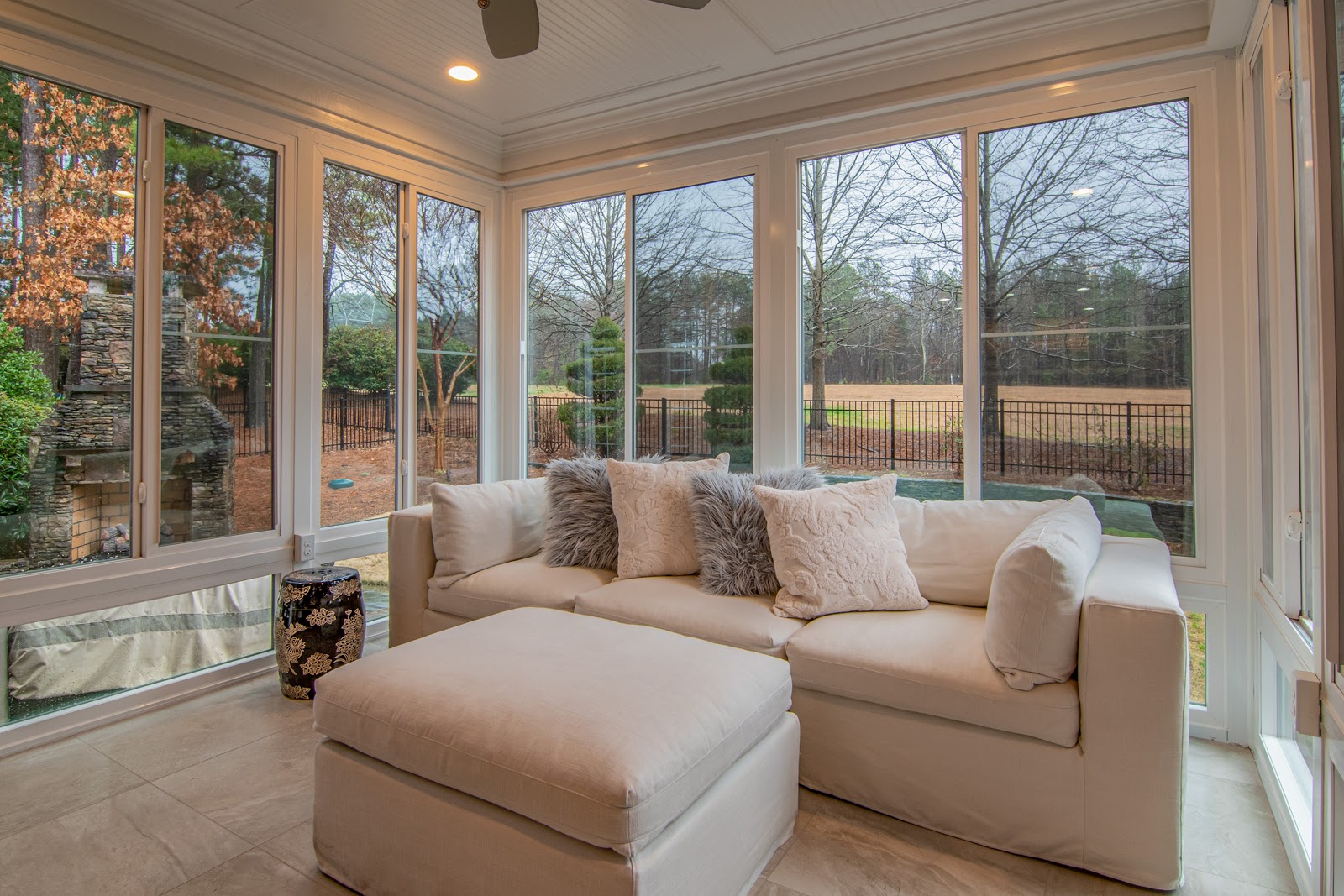
Why is energy efficiency important for windows?
For most residential homes, heat gain and loss through windows can account for 30 percent or more of a home’s energy bill costs. So, choosing windows with low-e glass that reduce heat transfer year-round can be a great way to reduce your home’s energy bills, eliminate drafts and cold spots, and make your home more comfortable in every season.
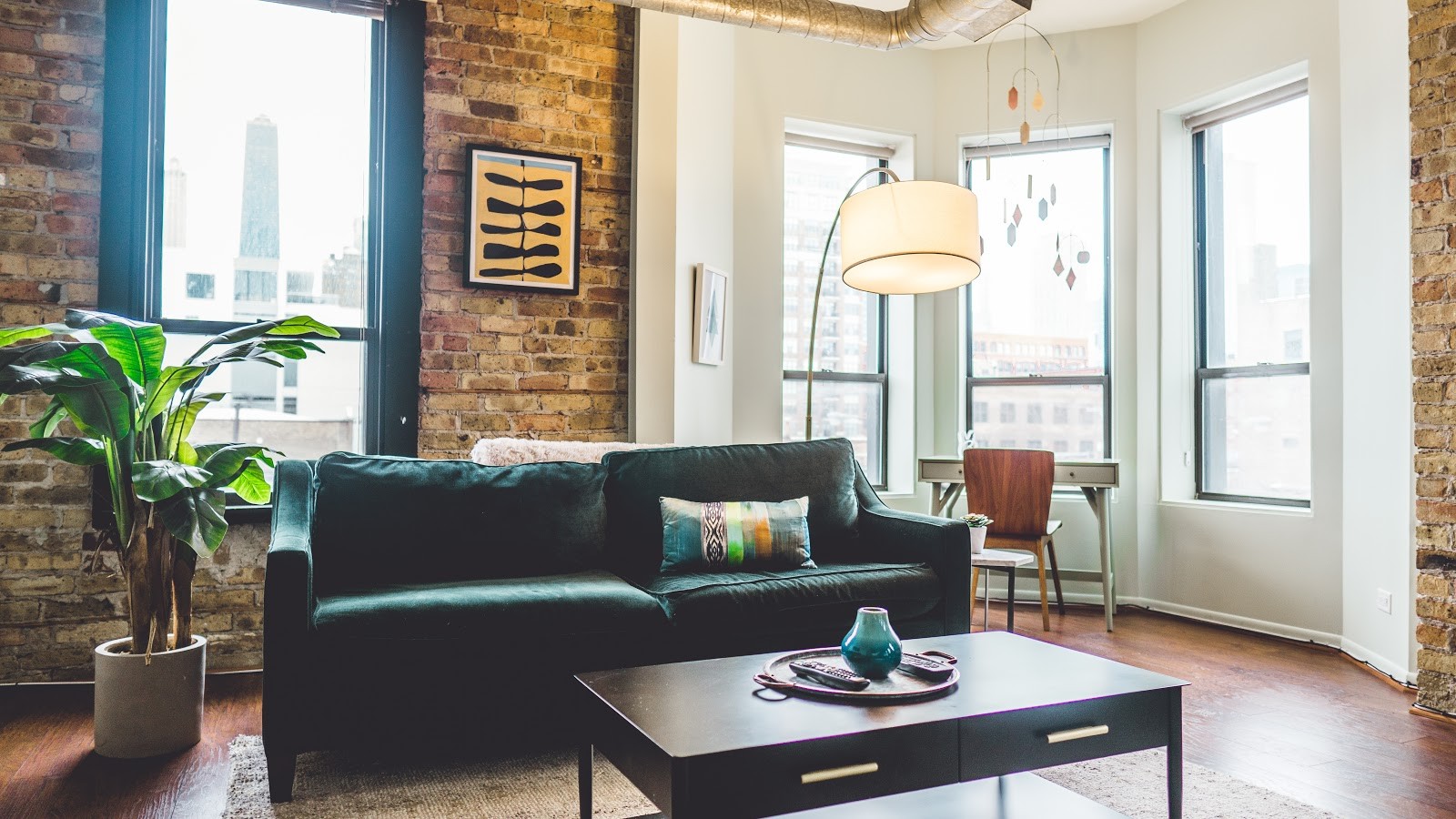
Reducing heat transfer and improving your home’s energy efficiency also reduces the strain on your home’s HVAC system, which can help improve the life expectancy of your system, as well as reduce repair and maintenance costs. Reducing your home’s energy costs is a significant way you can help to reduce your overall carbon footprint.
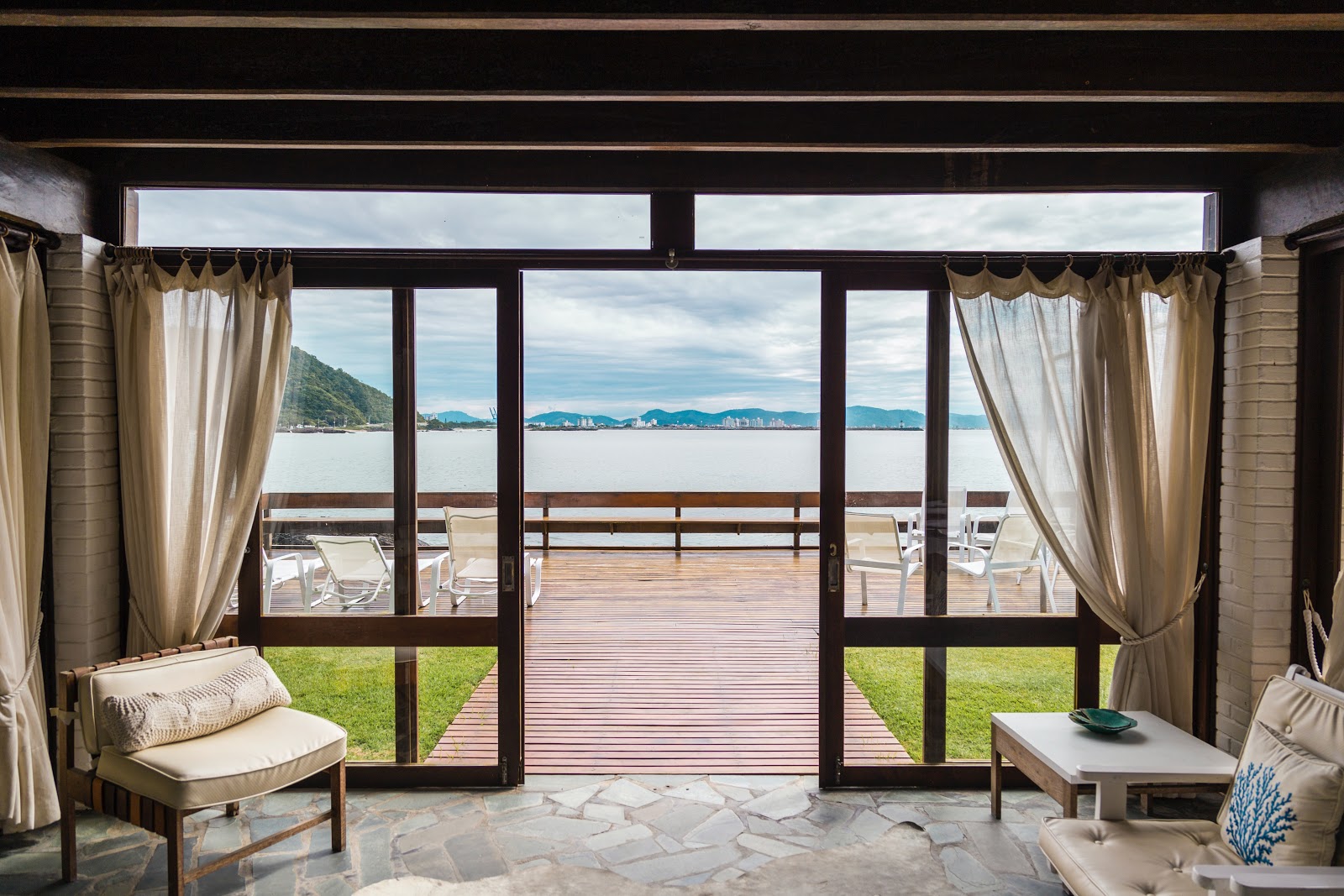
How does low-e glass affect window designs?
Low-e coatings for windows are completely transparent and microscopically thin. A low-e coating doesn’t affect the feel, look, or color of the window glass at all. Many people confuse tinted windows with low-e glass coatings, but tinted windows only block light, they don’t reduce heat transfer like low-e glass.
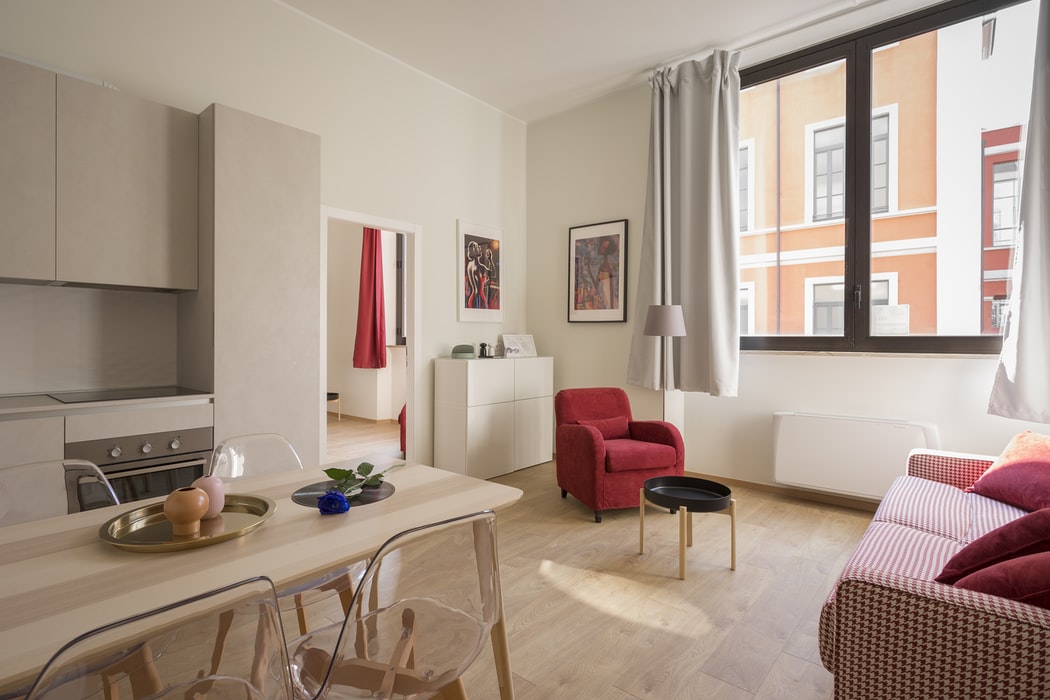
You can choose windows with low-e glass to improve your home’s energy efficiency without sacrificing anything aesthetically in your home’s design.
Leave a Reply